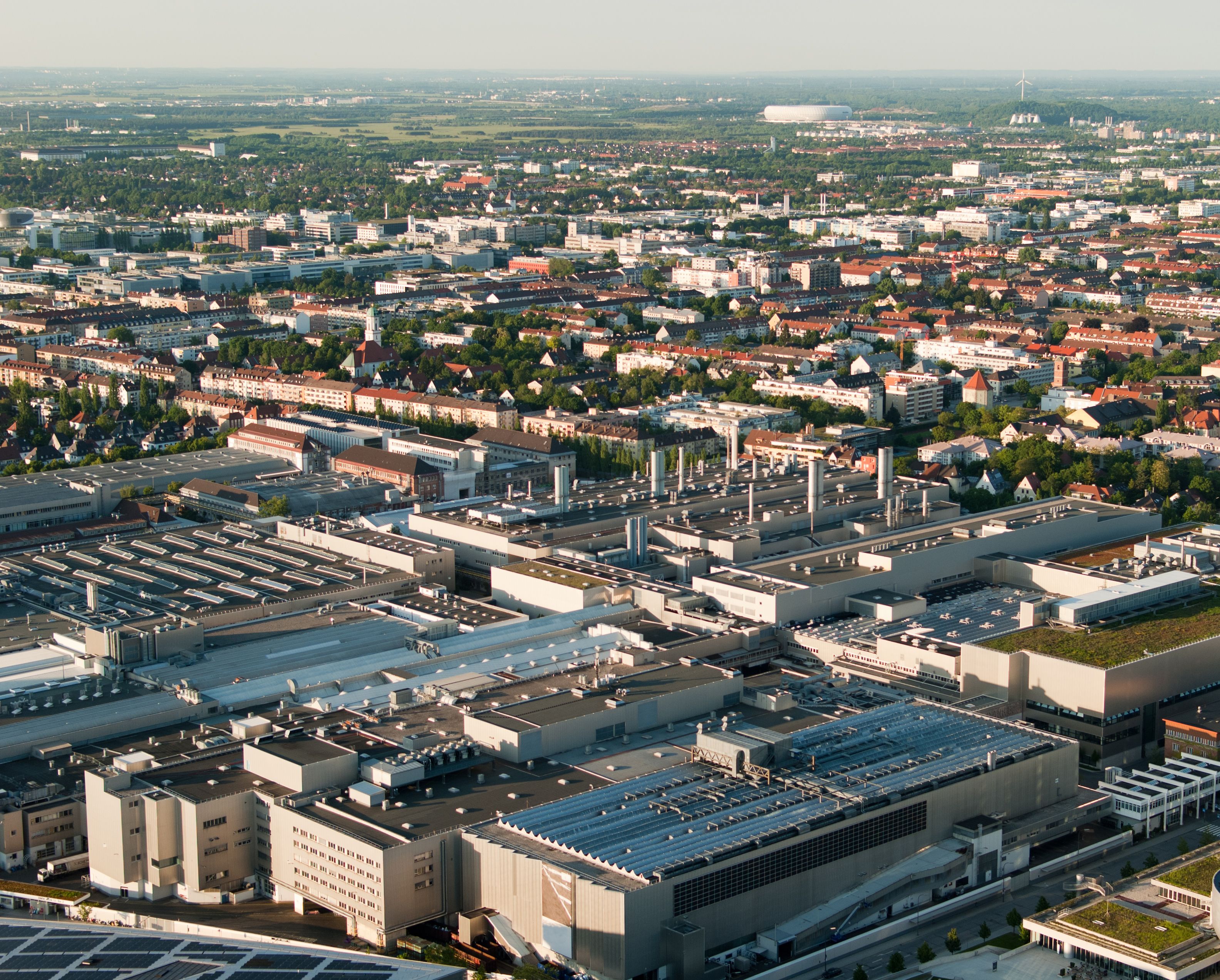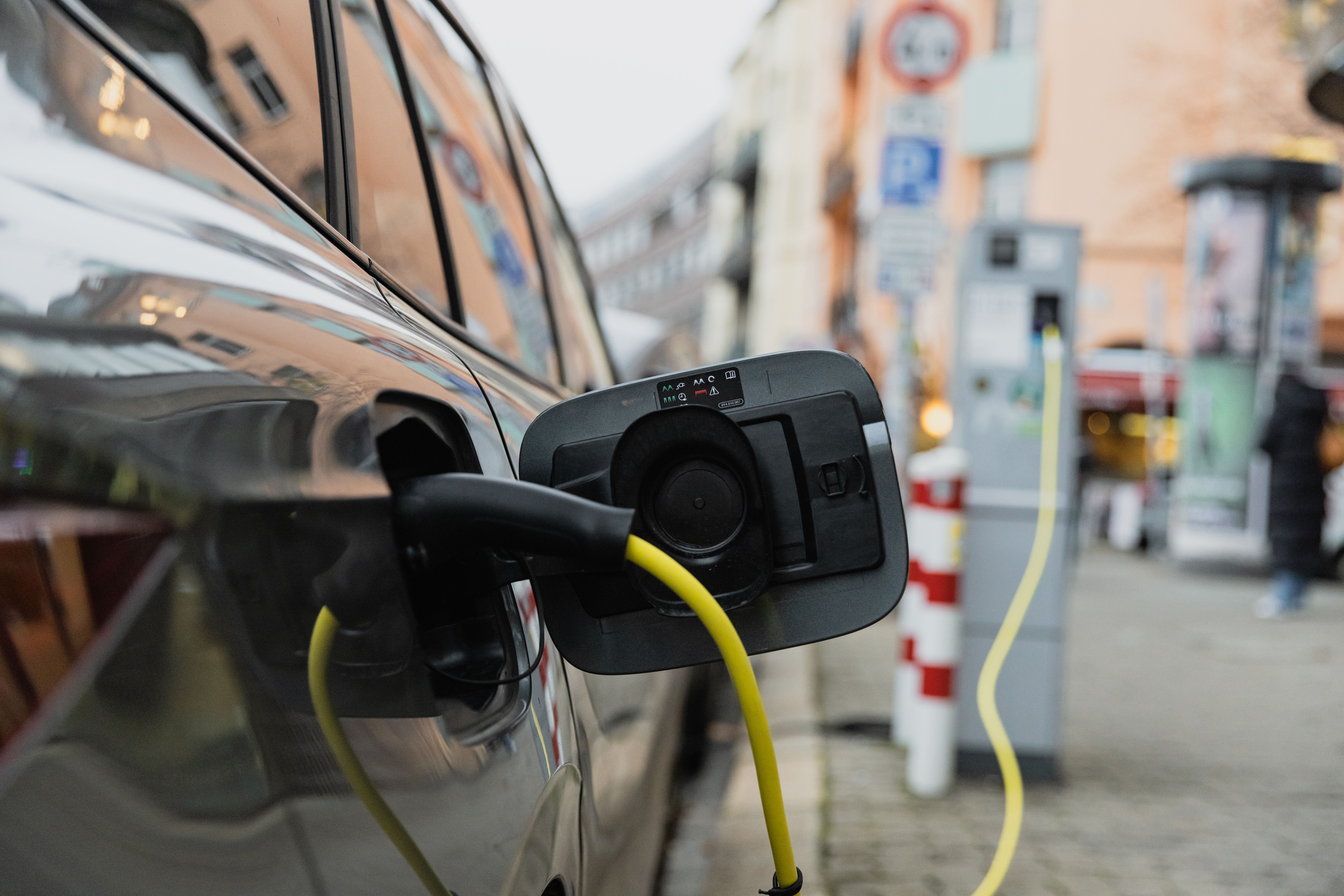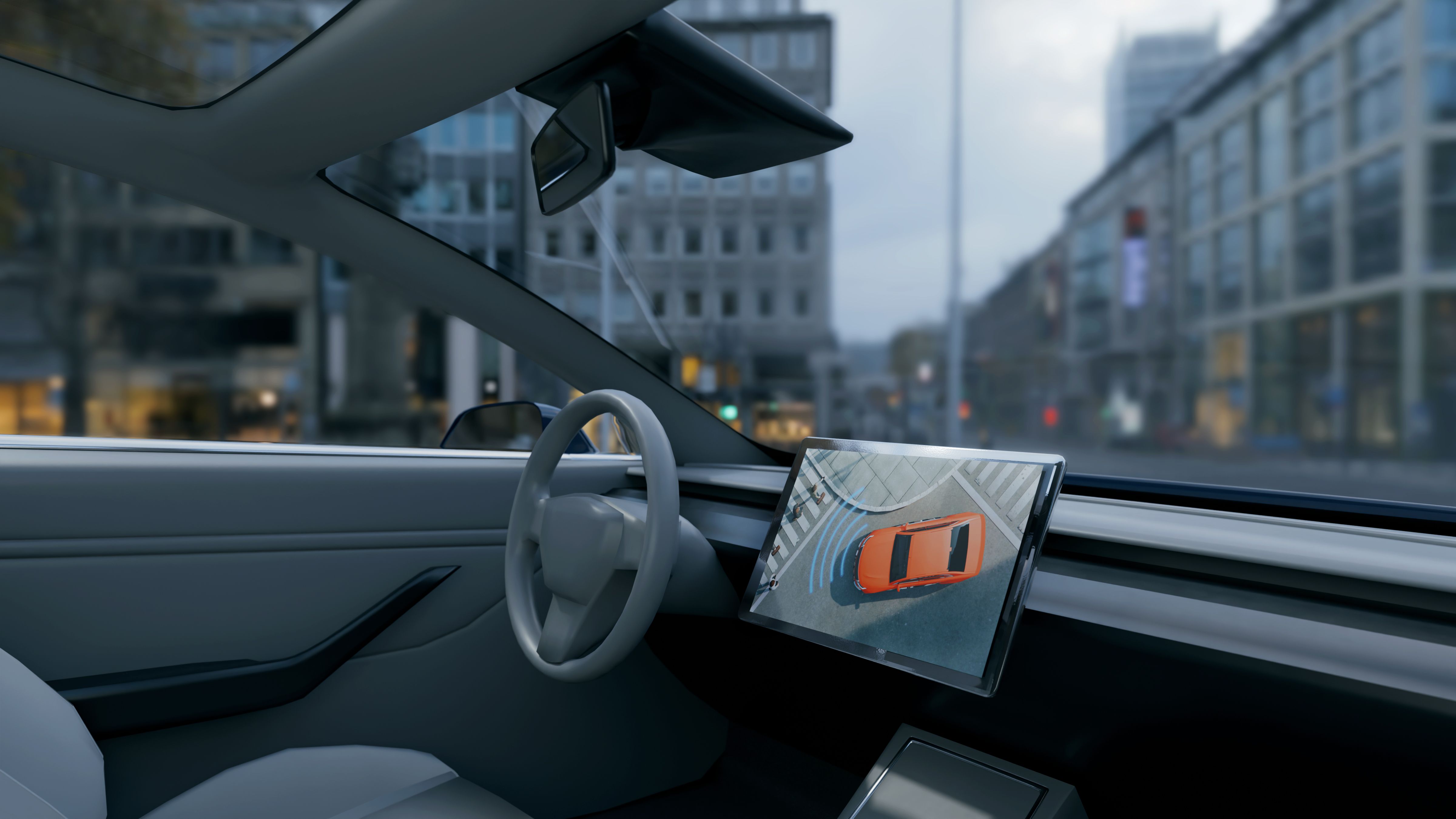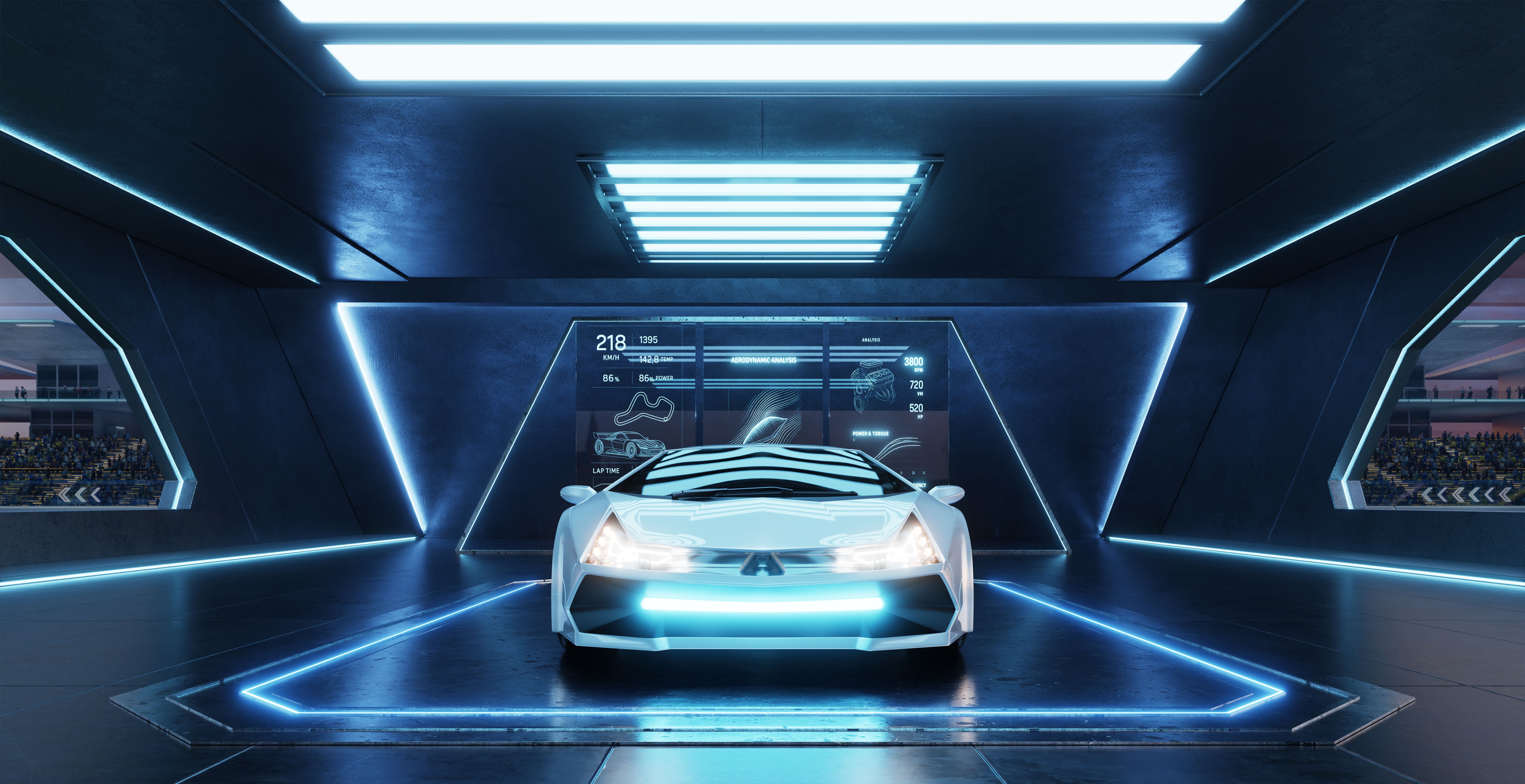The Evolution of Germany's Automotive Industry
RR
Early Beginnings in the 19th Century
The roots of Germany's automotive industry trace back to the late 19th century, a time when the world was on the brink of a technological revolution. It all began in 1886 when Karl Benz patented the Benz Patent-Motorwagen, recognized as the first true automobile. This invention set the stage for a burgeoning industry that would soon become a cornerstone of Germany's economy.
In the years that followed, Germany saw a proliferation of automotive pioneers. Names like Daimler and Maybach emerged, contributing significantly to the development and refinement of automobile technology. These early innovators laid the foundation for Germany's reputation as a leader in engineering excellence.

The Rise of Major Automotive Giants
As the 20th century unfolded, Germany's automotive industry experienced rapid growth and transformation. Companies such as Mercedes-Benz, BMW, and Audi began to establish themselves as major players on the global stage. These brands became synonymous with quality, luxury, and innovation.
During this period, German automakers focused on refining their production processes and expanding their model offerings. The introduction of assembly line techniques revolutionized manufacturing, allowing companies to produce vehicles more efficiently and at lower costs.

Post-War Reconstruction and Expansion
After World War II, Germany faced the enormous task of rebuilding its economy. The automotive industry played a crucial role in this effort. Companies like Volkswagen emerged as key contributors to Germany's post-war recovery, with the Volkswagen Beetle symbolizing both economic resurgence and popular appeal worldwide.
In the subsequent decades, German automakers continued to innovate, focusing on developing safer, more efficient vehicles. The introduction of new technologies such as fuel injection and anti-lock braking systems underscored Germany's commitment to automotive advancement.

Globalization and Technological Advancements
As globalization took hold in the late 20th century, German automakers expanded their reach beyond European borders. This era saw an emphasis on exporting vehicles to international markets, solidifying Germany's position as an automotive powerhouse.
The integration of cutting-edge technology became a defining feature of German automobiles. The development of hybrid and electric vehicles highlighted Germany's commitment to sustainability and environmental responsibility. Brands like Porsche and BMW began investing heavily in research and development to stay ahead in an increasingly competitive market.

The Digital Transformation
In recent years, the German automotive industry has embraced digital transformation. Innovations in autonomous driving, connectivity, and artificial intelligence are reshaping the way vehicles are designed and operated. Companies are investing in smart factories that utilize Industry 4.0 technologies to enhance production efficiency.
This shift towards digitalization is not only changing vehicles themselves but also impacting customer experiences. Enhanced infotainment systems, advanced driver-assistance features, and personalized services are becoming standard offerings in German cars.

The Future of Germany's Automotive Industry
Looking ahead, the future of Germany's automotive industry is poised for significant evolution. The transition towards sustainable mobility continues to be a primary focus, with investments in electric vehicle infrastructure and renewable energy sources.
Moreover, German automakers are exploring new business models such as car-sharing services and subscription-based ownership to adapt to changing consumer preferences. As they navigate these challenges and opportunities, Germany's automotive industry remains committed to maintaining its legacy of innovation and excellence.
